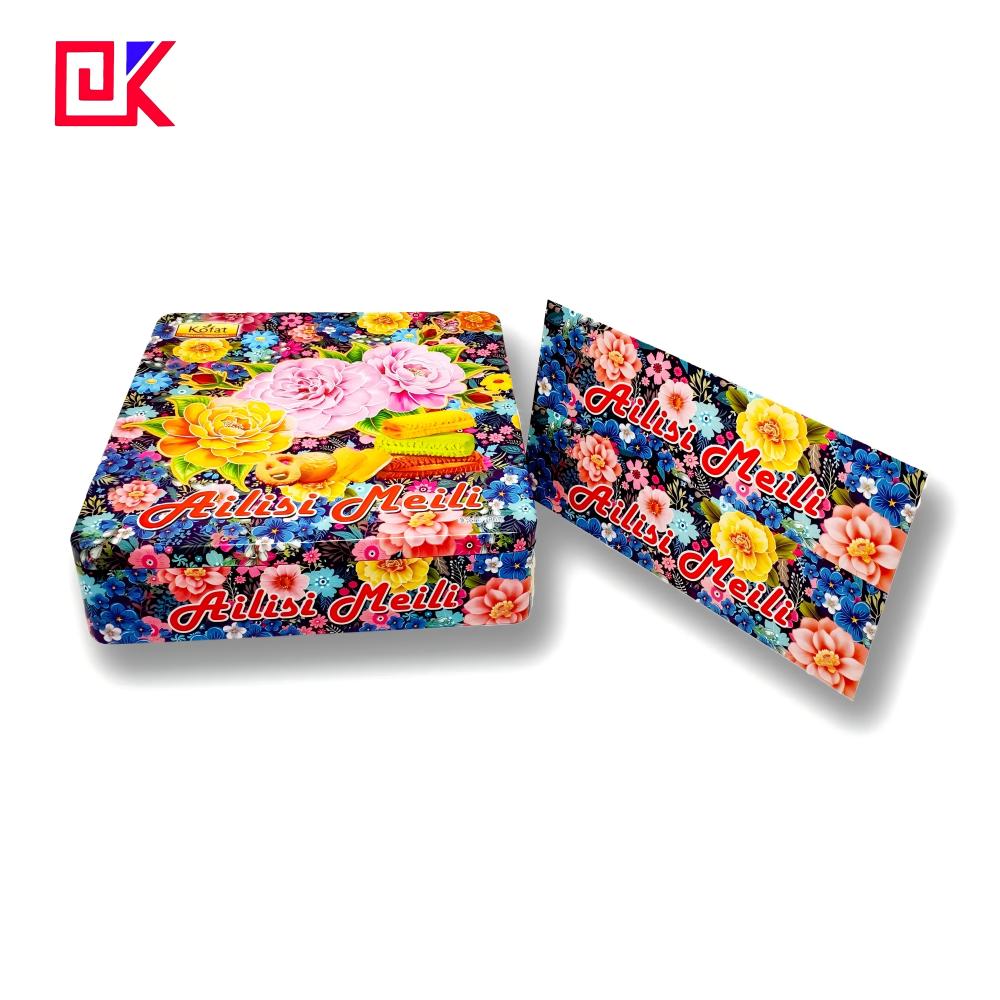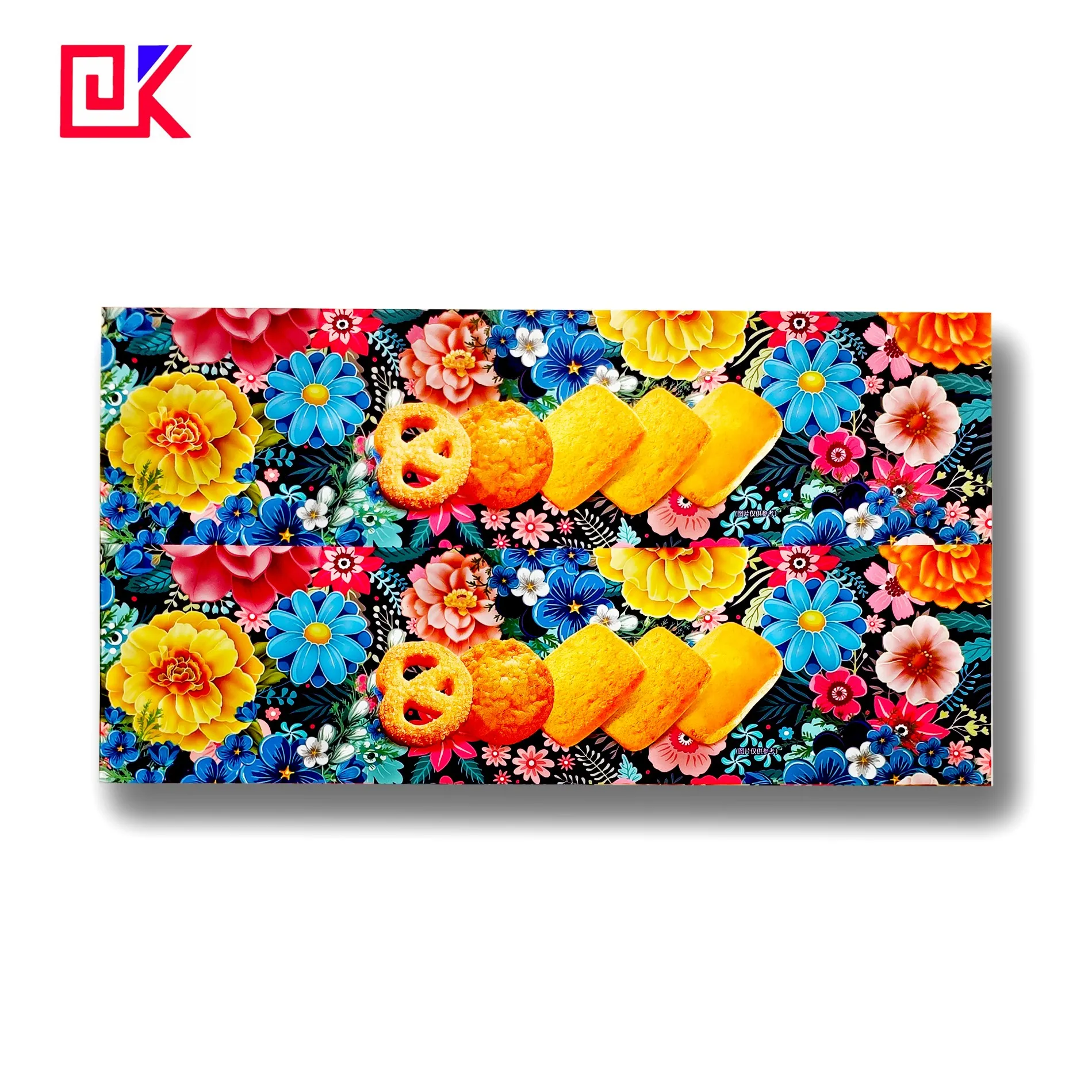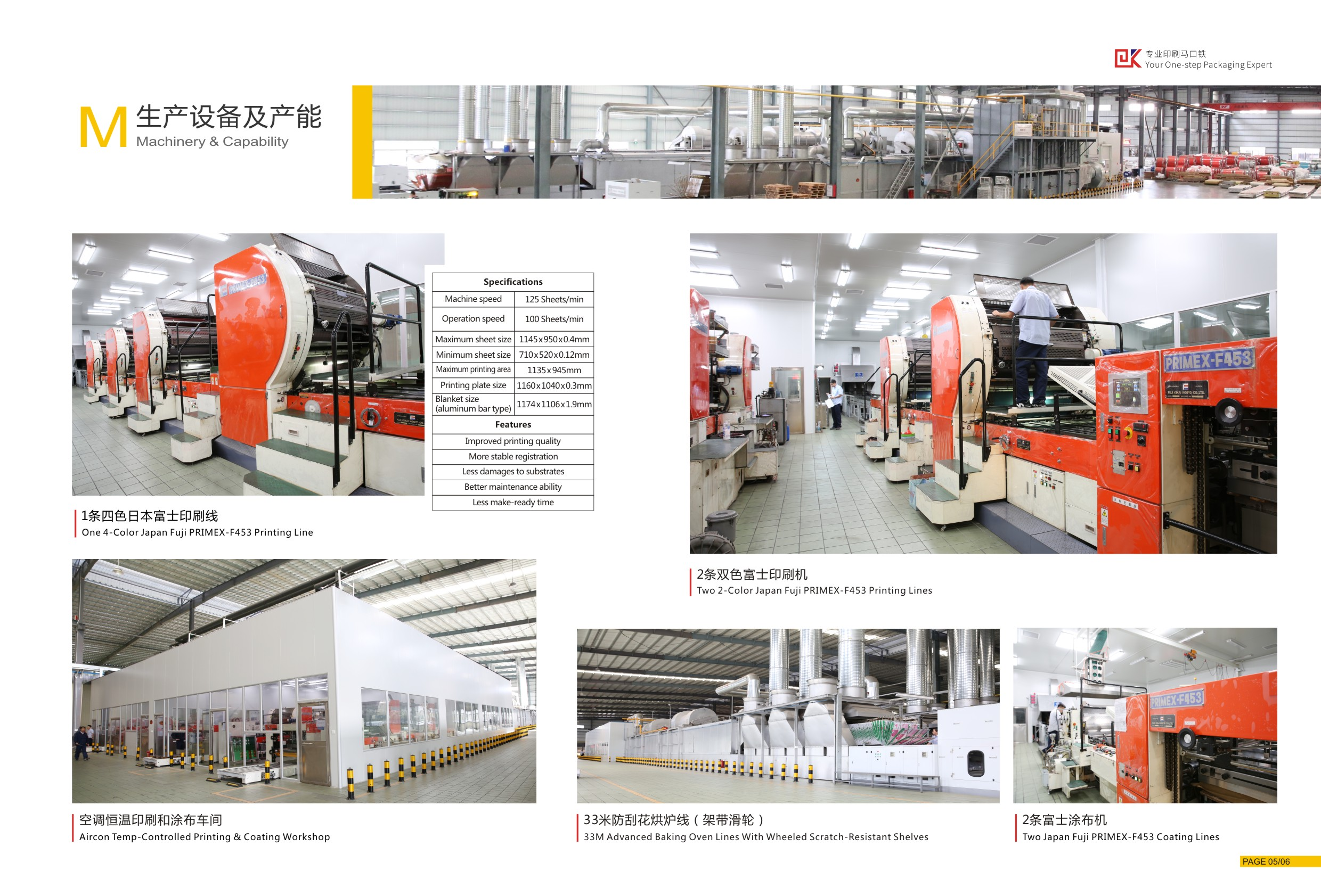Tinplate sheet is a metal material widely used in the packaging industry. Its excellent properties come from a thin layer of tin plated on the surface of cold-rolled steel sheet. This layer of tin not only gives tinplate sheet excellent corrosion resistance, but also ensures that it can be safely used in many fields such as food, beverages, cosmetics and medicine. The quality and thickness of the tin plating have a crucial impact on the performance of tinplate sheet.
So, how is tin plated during the production process? How thick should the tin layer be controlled? This article will explore these issues in depth and reveal the specific process and technical details of the tin plate sheet tinning process.

What is the basic structure of tinplate sheet?
Before we have a deep understanding of how the tin plating is formed, we need to have a preliminary understanding of the structure and function of tinplate sheet. Tinplate sheet is a composite material based on cold-rolled steel sheet. Its core is steel and its surface is plated with a uniform layer of tin. The steel provides the strength and toughness of the material, while the tin layer on the surface mainly plays a role in corrosion prevention and protection. Tin plate sheet is widely used in food cans, beverage cans, spray cans and various cosmetic packaging. The key is that the material must be able to remain stable in harsh environments such as moisture, acid or alkaline to prevent metal corrosion from affecting the safety of the contents.
Steel itself is prone to rust and oxidation, so plating tin on its surface can effectively prevent steel from direct contact with air or moisture and avoid oxidation reactions. In addition, tin materials are non-toxic, chemically stable, and can safely contact sensitive substances such as food, so they are very suitable for food packaging.
What is the tin plating process?
The core process in the production process of tinplate sheet is to plate tin on the surface of the steel plate, and this process mainly relies on electroplating technology. Electroplating is to reduce tin ions from the electrolyte to tin atoms through electrochemical reactions, and evenly deposit them on the surface of the steel plate, thereby forming a layer of tin plating with anti-corrosion and protective functions.
The electroplating process of tinplate sheet is usually divided into three key steps:
1. Pretreatment of the substrate: Before electroplating tin, the surface of the steel plate needs to go through multiple pretreatment processes, including degreasing, pickling and cleaning, to ensure that there are no pollutants or oxides on the surface of the steel plate.
2. Electroplating tin: The treated steel plate is sent to the electrolytic cell. The electrolyte contains tin salts. The current passes through the electrolyte. The tin ions are reduced to metallic tin under the action of the electric field and evenly attached to the surface of the steel plate.
3. Post-treatment process: After tin plating is completed, tin plate sheet is usually passivated and oiled to further enhance its anti-corrosion performance and smoothness.

How is tin plated in the production process of tinplate sheet?
Process of tinplate sheet tinning:
1. Pretreatment of steel sheet
● Degreasing treatment
● Pickling
● Surface activation
2. Process of electroplating tin
● Setting of electrolytic cell
● Applying current
● Control of coating thickness
3. Post-treatment process
● Passivation treatment
● Oiling
Pretreatment of steel sheet
Before electroplating tin, the steel sheet must undergo a series of cleaning and surface treatments to ensure that the tin can be evenly and firmly attached to the surface of the substrate. This process usually includes the following steps:
● Degreasing treatment: During the production and transportation of cold-rolled steel sheets, their surfaces may be contaminated with grease and other impurities. In order to ensure the smooth progress of the electroplating process, the steel sheet must be cleaned with an alkaline solution or other degreasing agent to remove the oil on the surface.
● Pickling: After removing the grease, there may still be oxides or tiny rust on the surface of the steel sheet. Pickling is to use a weak acid solution to dissolve these oxides to ensure that the surface is clean and rust-free. The pickling process requires strict control of the acid concentration and immersion time to avoid damage to the substrate.
● Surface activation: In order to make the surface of the steel plate more reactive, it is also necessary to perform surface activation treatment. This process usually increases the affinity of the steel plate surface by adding a small amount of acid or chemical reagents, making it easier to react with the tin ions in the electrolyte.
Electroplating process of tin
Electroplating of tin is the core link in the production of tinplate sheet. It reduces tin ions and attaches them to the surface of the steel plate through an electrolytic process. The specific steps are as follows:
● Setting of the electrolytic cell: The electroplating process is carried out in a specific electrolytic cell filled with an electrolyte containing tin salts. Commonly used electrolytes are stannous chloride (SnCl₂) or stannous sulfate (SnSO₄). An appropriate amount of acid is also added to the electrolyte to maintain the stability and conductivity of the solution.
● Applying current: The key to electroplating is the application of current. In the electrolytic cell, the steel plate is connected to the cathode (negative electrode), while the tin or stainless steel plate is connected to the anode (positive electrode). When direct current passes through the electrolyte, the tin atoms in the anode lose electrons and form tin ions (Sn²⁺). These tin ions move toward the cathode (steel plate) under the action of the electric field and are reduced to metallic tin on the cathode surface, gradually forming a uniform tin coating.
● Coating thickness control: The thickness of the tin layer is determined by multiple factors, including current intensity, electroplating time, tin ion concentration, and electrolyte temperature. The greater the current intensity, the faster the tin ions are reduced and the thicker the coating; similarly, the longer the electroplating time, the thicker the tin layer. In production, automatic control systems are usually used to accurately adjust these parameters to ensure that the tin coating thickness of each tinplate sheet is consistent.
Post-treatment process
After tin plating, the tin plate sheet needs to be further processed to enhance its performance. Common post-treatment processes include:
● Passivation treatment: Passivation is to form a protective film on the surface of the tin layer by chemical means to further improve the corrosion resistance of the tinplate sheet. This process is usually treated with chromate solution. The surface of the passivated tin plate sheet is smooth and has stronger antioxidant ability.
● Oiling: In order to prevent friction oxidation of tin plate sheet during transportation and storage, a thin film of oil is usually applied to its surface. This layer of oil can not only protect the tin layer from the external environment, but also enhance the smoothness of the material, which is convenient for subsequent processing.

How thick should the tinplate sheet be plated?
The thickness of the tin coating has a direct impact on the performance of the tinplate sheet. Insufficient thickness may lead to poor anti-corrosion effect, and excessive thickness will increase production costs. Therefore, in the production of tinplate sheet, the thickness of the tin layer must be strictly controlled.
1. Standard thickness range
The thickness of the tin layer of tinplate sheet is usually measured in microns (μm). Depending on the purpose, the thickness of the tin layer is usually between 0.5 microns and 5 microns. Thicker tin layers are usually used for food packaging that requires high-strength anti-corrosion performance, while thinner tin layers are suitable for ordinary packaging or applications with lower anti-corrosion requirements.
Common standards include:
● Double-sided uniform tin plating: In the production of food cans and beverage cans, it is usually required that both sides of the tin plate sheet be uniformly tinned. At this time, the thickness of the tin layer is generally between 2.0 and 2.8 microns, which can ensure the corrosion resistance of the can body in long-term use.
● Single-sided tinning: For some special uses, such as spray cans or battery casings, only one side of the tinplate sheet may need to be tinned, while the other side remains bare steel. At this time, the thickness of the tin layer can be adjusted according to specific needs, usually 1.0 to 2.0 microns.
2. Thickness uniformity requirements
In addition to the absolute value of the thickness, the uniformity of the tin plating is also a key factor affecting the quality of the tin plate sheet. Places where the plating is too thin may become weak points for corrosion, while places where the plating is too thick will affect the processing performance of the material. Therefore, during the electroplating process, the production line needs to ensure the uniform distribution of the tin layer through a precise control system.
Automated online measurement equipment is usually used in modern tin plate sheet production to monitor the thickness changes during the tin plating process in real time. Once unevenness is found, the system will immediately adjust to ensure that the quality of the final product meets the expected standards.

What is the role of tin plating?
The tin layer plays a vital role in the performance of tinplate sheet. Tin has excellent anti-corrosion properties and can effectively prevent oxygen and moisture from coming into direct contact with steel, thereby preventing oxidation and rust. Secondly, tin is a non-toxic metal that can safely come into contact with food without releasing harmful substances, ensuring food safety. In addition, the tin plating layer can also improve the wear resistance of tin plate sheet and enhance its durability during transportation and use.

